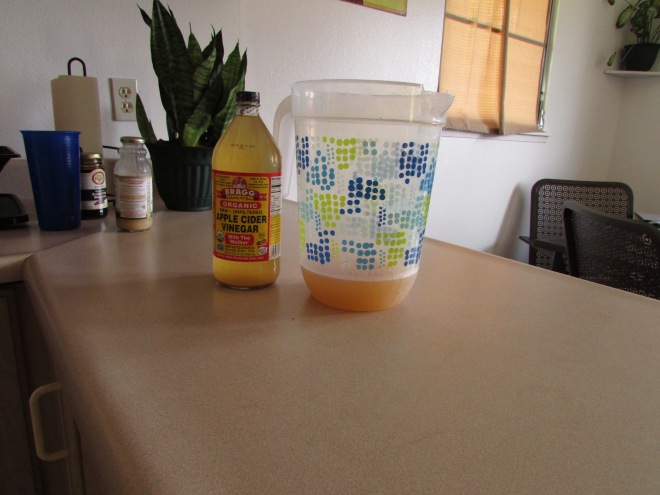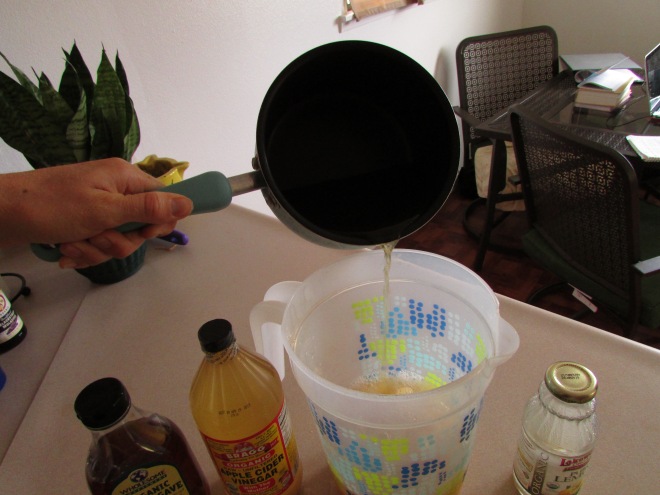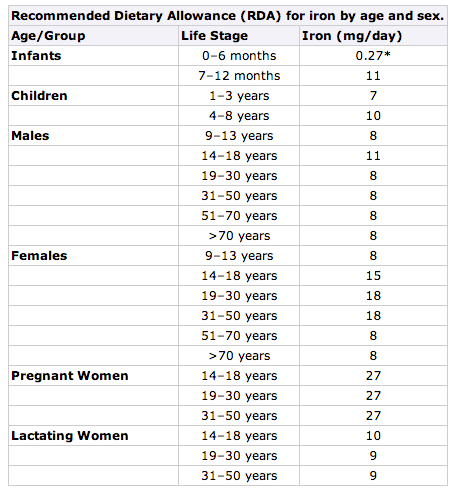Here is my translation of the abstract of the study, Antiplasmodial activity of ethanolic extracts of some selected medicinal plants from the northwest of Iran. (http://www.ncbi.nlm.nih.gov/pubmed/23922204)
Malaria is a disease caused by the parasite, Plasmodium falciparum. Chloroquine is a drug that has been widely used to treat malaria; however there are some strains of the parasite that are resistant to Chloroquine. Therefore, the medicine that prevents or treats malaria is becoming less effective; the death rate from malaria is increasing. The aim of this study is to assess the effectiveness of 10 medicinal plant extracts against the effectiveness of Chloroquine, using a strain of the parasite that is responsive to Chloroquine.
The plants that were used are taken from local medicinal plant traditions. The plants were made into an alcohol-based extract. They were tested in both a controlled and a natural environment. Their toxicity levels were tested with brine shrimp.
Plantain, Marshmallow, Myrtle, and Licorice showed promising results in the controlled environment (in vitro) and showed no toxicity in the brine shrimp larvae.
Marshmallow, Myrtle, and Licorice significantly reduced the amount of parasites in the blood of female Swiss albino mice when naturally tested (in vivo).
Please read more of the study, Antiplasmodial activity of ethanolic extracts of some selected medicinal plants from the northwest of Iran. (http://www.ncbi.nlm.nih.gov/pubmed/23922204)
PLANT NAMES
Plantain (Plantago major; P. lanceolata; Plantaginaceae)
Marshmallow (Althea officinalis L; Malvaceae)
Myrtle (Myrtus communis Linn; Myrtaceae)
Licorice (Glycyrrhiza glabra L.; Papilionaceae)
TERMINOLOGY
Antiplasmodial – Inhibiting the growth of “plasmodium”, a genus of parasites; an infection by these parasites is known as “malaria”.
Ethanolic extract – An extract of medicinal properties from a plant that in an alcohol base.
Plasmodium falciparum – A protozoan parasite that causes malaria in humans.
Chloroquine – A medicine used to treat and prevent malaria. Brand names: Aralen, Plaquenil.
Chloroquine-sensitive 3D7 strain – A strain of Plasmodium falciparum that is sensitive to malaria. That is, a strain of malaria-causing parasite that does respond to the drug chloroquine.
Malaria – A mosquito-borne disease caused by a parasite. People with malaria often experience flu-like symptoms. If left untreated, severe complications may develop and death can occur.
Ethnobotanic – Plant traditions of a specific people or culture.
Macerated – When a food is softened by soaking it in a liquid.
Hydroalcoholic – A solution that is a mix of both water and alcohol.
In vitro – Refers to when a procedure or experiment is conducted in a controlled environment, outside of a living organism (for example, a test tube).
In vivo – Refers to when a procedure or experiment is conducted in a natural environment, within a whole living organism (not to tissue of a dead or partial organism).
Parasitemia – Refers to a number of parasites in blood.
REFERENCES:
“Antiplasmodial Activity of Ethanolic Extracts of Some Selected Medicinal Plants from the Northwest of Iran.” National Center for Biotechnology Information. U.S. National Library of Medicine, 7 Aug. 2013. Web. 01 Sept. 2013. <http://www.ncbi.nlm.nih.gov/pubmed/23922204>.
“Chloroquine for Malaria.” WebMD. WebMD, n.d. Web. 28 Aug. 2013. <http://www.webmd.com/a-to-z-guides/chloroquine-for-malaria>.
“Malaria.” CDC. Centers for Disease Control and Prevention, 09 Aug. 2012. Web. 28 Aug. 2013. <http://www.cdc.gov/MALARIA/>.




